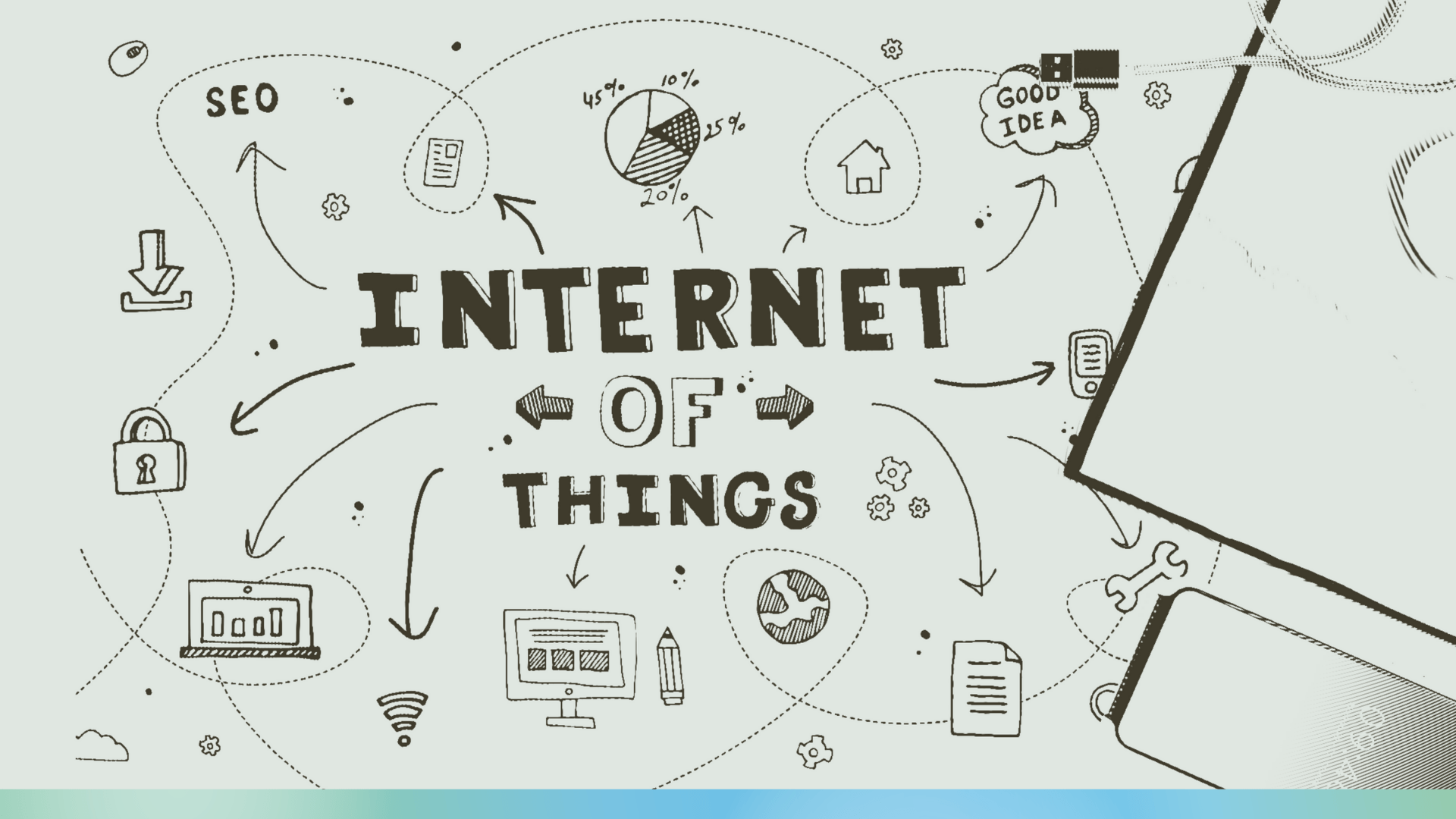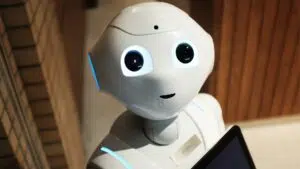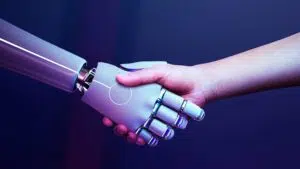
The biggest challenge for widespread adoption of the Internet of Things is interoperability. A much-noticed McKinsey report states that achieving interoperability in IoT would unlock an additional 40% of value. This is not surprising since the IoT is in essence about connecting machines, devices, and sensors – ideally cross organization, cross industries, and even cross borders. But while technical and syntactic interoperability are pretty much solved, little has been available so far to make sure devices actually understand each other.
Focus on Semantic Interoperability
Embedded Computing Design superbly describes the situation in a recent series of articles. Technical interoperability, the fundamental ability to exchange raw data (bits, frames, packets, messages), is well understood and standardized. Syntactic interoperability, the ability to exchange structured data, is supported by standard data formats such as XML and JSON. Core connectivity standards such as DDS or OPC-UA provide syntactic interoperability cross-industries by communicating through a proposed set of standardized gateways.
Semantic interoperability, though, requires that the meaning (context) of exchanged data is automatically and accurately interpreted. Several industry bodies have tried to implement semantic data models. However, these semantic data schemes have either been way too narrow for cross-industry use cases or had to stay too high-level. Without schemes, data from Internet of Things devices lacks information to describe its own meaning. Therefore, a laborious and, worse, inflexible normalization effort is required before that data can be really used.
Luckily there is a solution: abstract metadata from devices by creating an IoT knowledge system.
Controlled Vocabulary and Ontologies
A controlled vocabulary is a collection of identifiers which ensure consistency of metadata terminology. These terms are used to label concepts (nodes) in a graph which provides a standardized classification for a particular domain. Such ontology, incorporating characteristics of a taxonomy and thesaurus, links concepts with their terms and attributes in semantic relationships. This way it provides metadata abstraction. It represents knowledge in machine-readable form and thus functions as a knowledge system for specific domains and their IoT applications.
IoT Knowledge Systems made Easy
A domain ontology can be maintained in a repository completely abstracted from any programming environment. It needs to be created and maintained by domain experts. With the explosive growth of IoT constantly new devices, applications, organizations, industries, and even countries are added. Metadata abstraction parallels object-oriented programming and unfortunately so do the tools used so far to maintain and extend ontologies.

However, our SaaS solution Coreon now makes sure that IoT devices understand each other. Not only does Coreon function with its API as a semantic gateway in the IoT connectivity architecture, it also provides a modern, very easy-to-use application to maintain ontologies; featuring a user interface domain experts can actually work with. With Coreon they can deliver the knowledge necessary for semantic interoperability so that IoT applications can unlock their full value.
Coreon will be presented at the Bosch ConnectedWorld Internet of Things conference February 2018 in Berlin. If you cannot come by our stand (S20) just flip thru our presentation or drop us a mail with questions.
*Feature Image: Mockup PSD created by www.freepik.com



